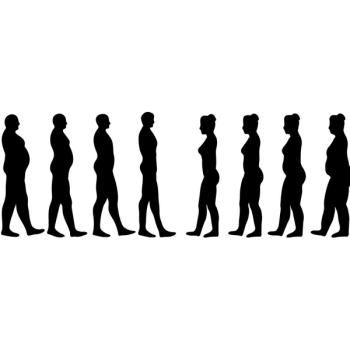
Eating Disorders in Men
"Bigorexia" is the male version of anorexia nervosa. Could you spot it in your practice? More about being a man with a "woman's disorder" in these slides.
Men and boys exhibit many of the same aberrant behaviors around food and body image that women do, but their numbers have long gone unrecognized. The tide has begun to turn, however, as more research is devoted to eating disorders in men and the medical and psychiatric communities shift toward more sex-neutral diagnostic categories.
References:
1. Rhys Jones W, Morgan JF.
2. Sweeting H, Walker L, Maclean A, et al.
3. Raevuori A, Keski-Rahkonen A, Hoek HW.
4. Mitchison D, Mond J.
5. Maclean A, Sweeting H, Walker L, et al.
Newsletter
Enhance your clinical practice with the Patient Care newsletter, offering the latest evidence-based guidelines, diagnostic insights, and treatment strategies for primary care physicians.



